Italy’s ancient towns and villages often predate the invention of motorized transportation by millennia, creating urban spaces designed explicitly for human movement. Narrow cobblestone streets wind between buildings built so close that neighbors could practically shake hands across alleyways.
Medieval walls, steep hillsides, and architectural details reveal themselves fully only to those exploring at walking pace. Here is a list of 19 Italian towns where cars simply don’t belong, and the true essence of the place emerges only when explored on foot.
Civita di Bagnoregio
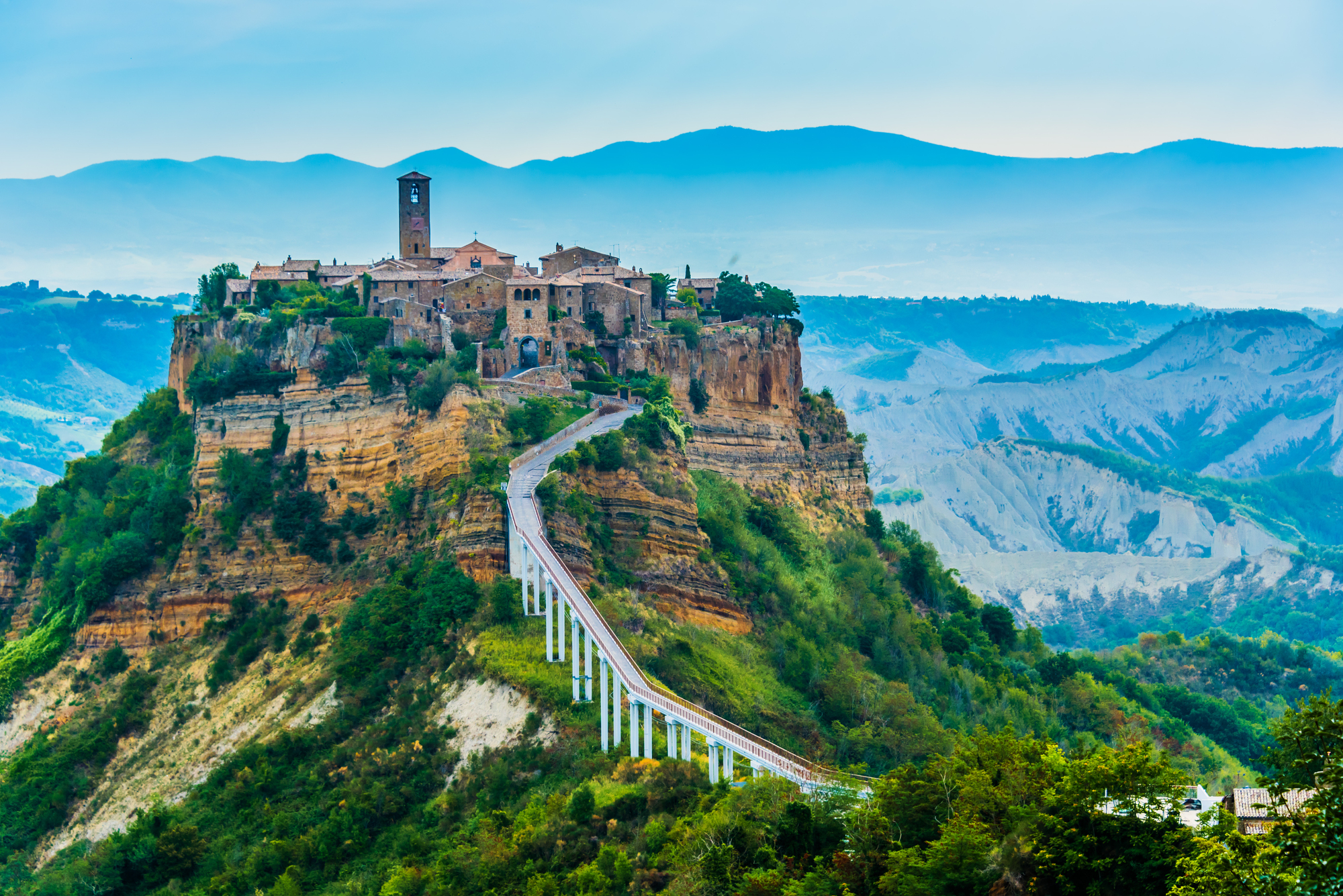
This dramatic hilltop town sits atop a crumbling plateau accessible only by a long pedestrian bridge. The fragile volcanic rock supporting the village erodes constantly, giving Civita its nickname, “The Dying Town.”
Every stone and corner tells a story that unfolds naturally as you wander the tiny central piazza and handful of alleyways leading to breathtaking viewpoints.
Vernazza
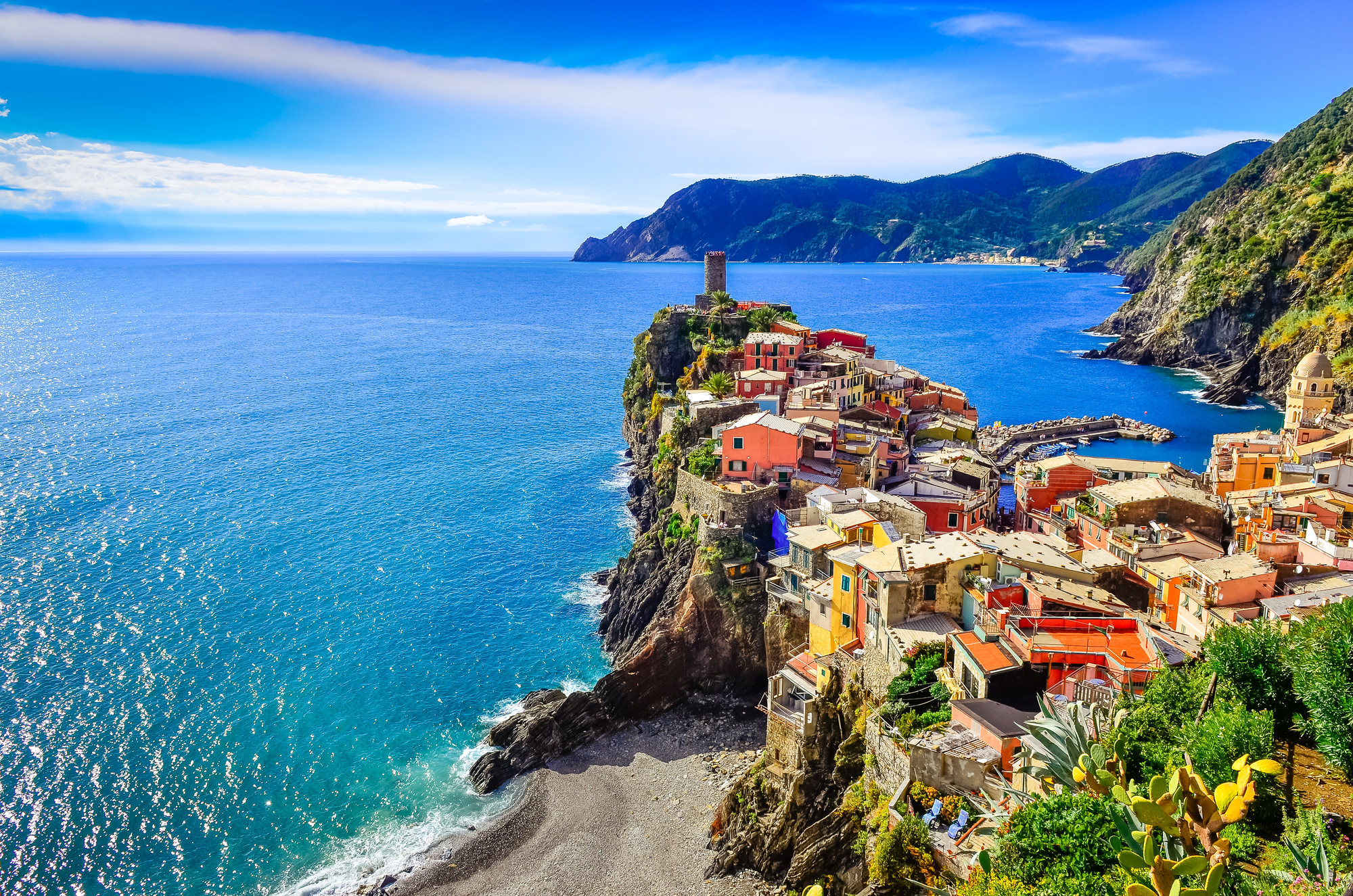
Perhaps the most photogenic of Cinque Terre’s five villages, Vernazza wraps around a tiny natural harbor with no road access. The main street rises gently from the waterfront before splitting into stone staircases that climb the surrounding hillsides.
Homes painted in traditional pastel colors stack vertically rather than spreading horizontally, creating a three-dimensional treasure hunt for explorers.
Alberobello
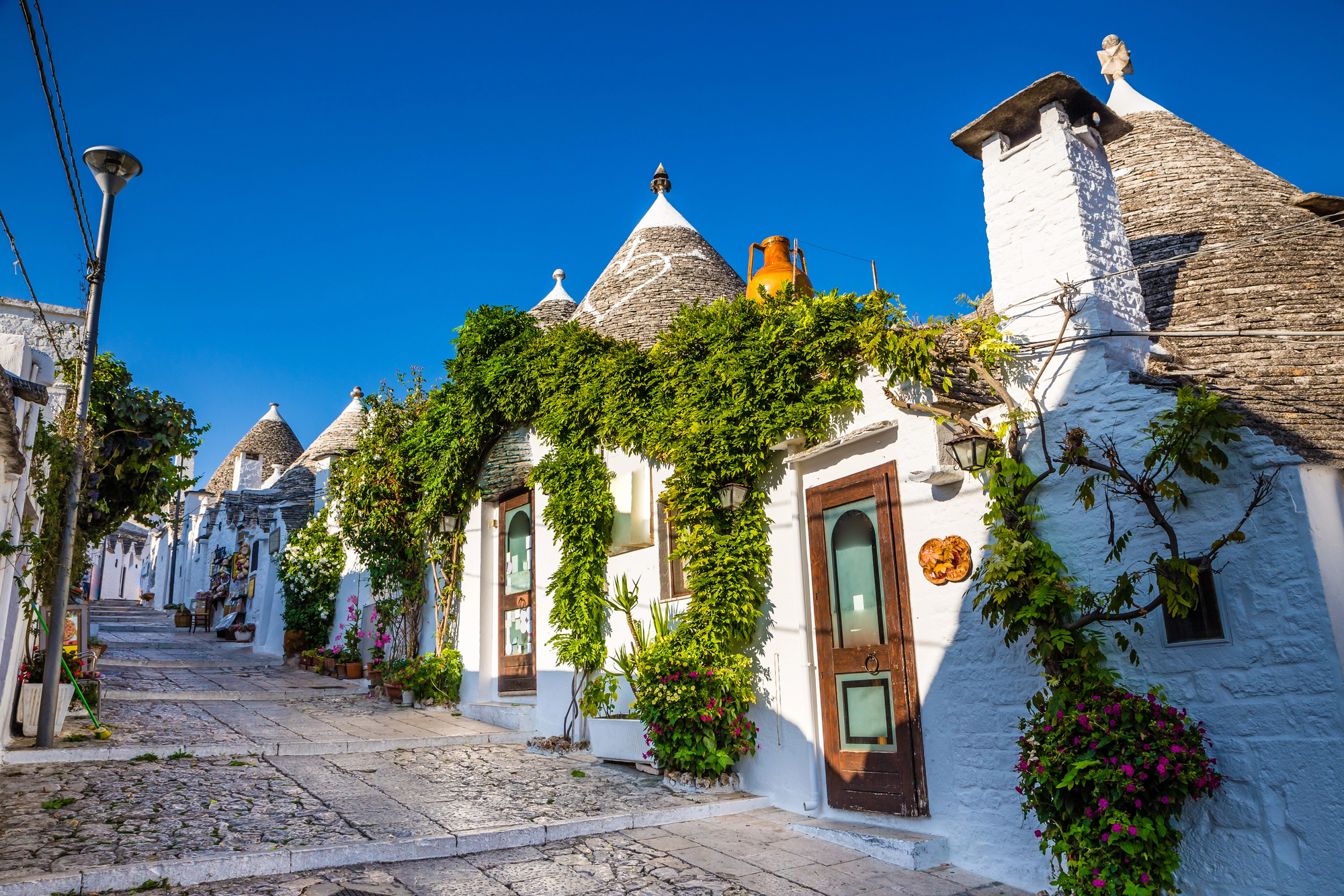
Famous for its unique trulli houses with conical stone roofs, this UNESCO site features pedestrian zones where visitors weave between the whitewashed structures. The rounded buildings create interesting acoustics where conversations from streets away sometimes carry clearly while nearby discussions disappear.
Walking the hilly lanes reveals how the unusual architecture adapts to the contours of the landscape.
Like Travel Pug’s content? Follow us on MSN.
Matera
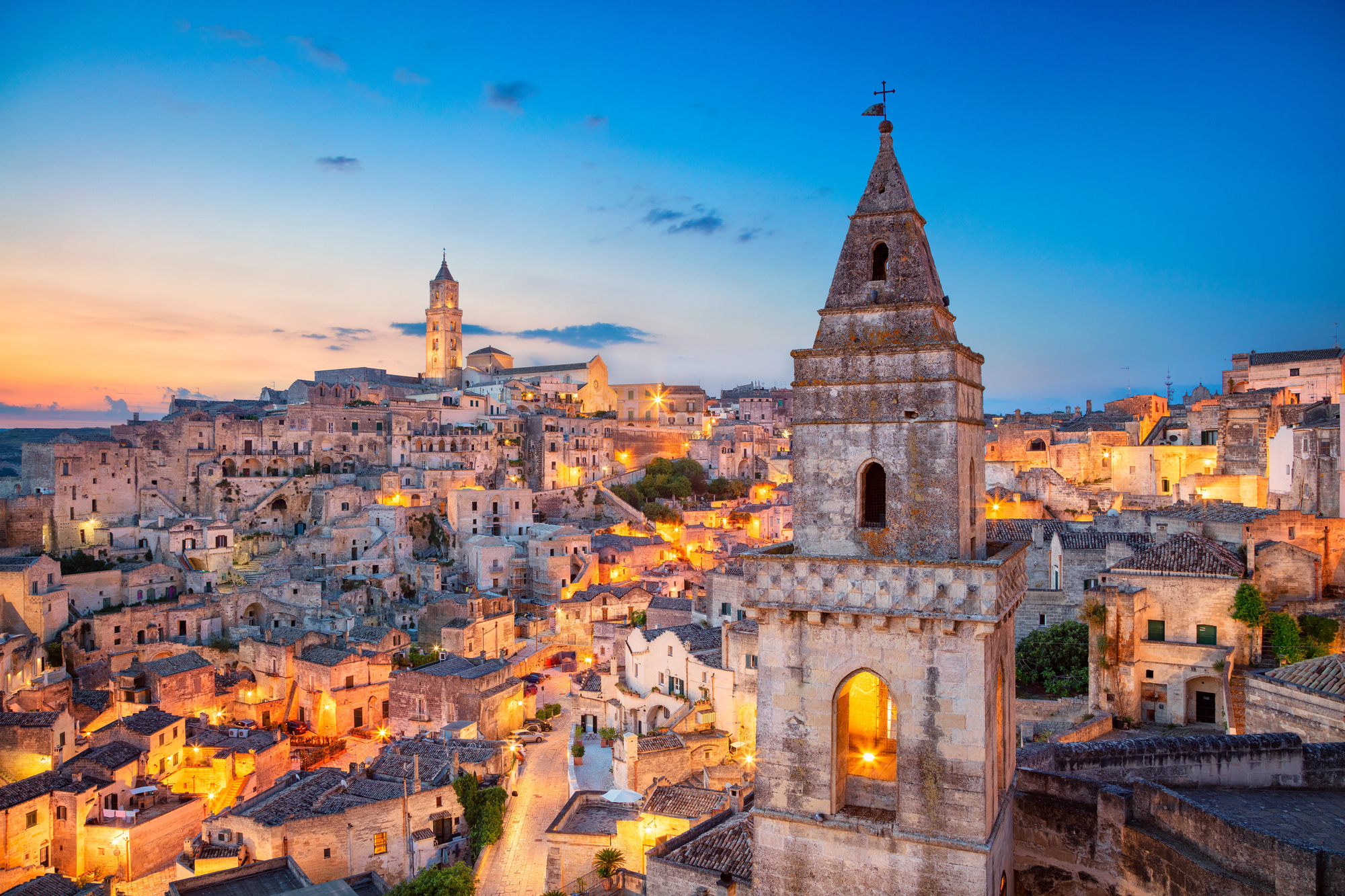
Ancient cave dwellings carved into limestone cliffs create Italy’s most otherworldly walking experience. The sassi districts feature homes and churches built partially into the rock and partially out of it, connected by staircases that double as the roofs of dwellings below.
Getting lost in the labyrinthine passages becomes part of the experience, with each wrong turn revealing another photogenic corner.
Orvieto
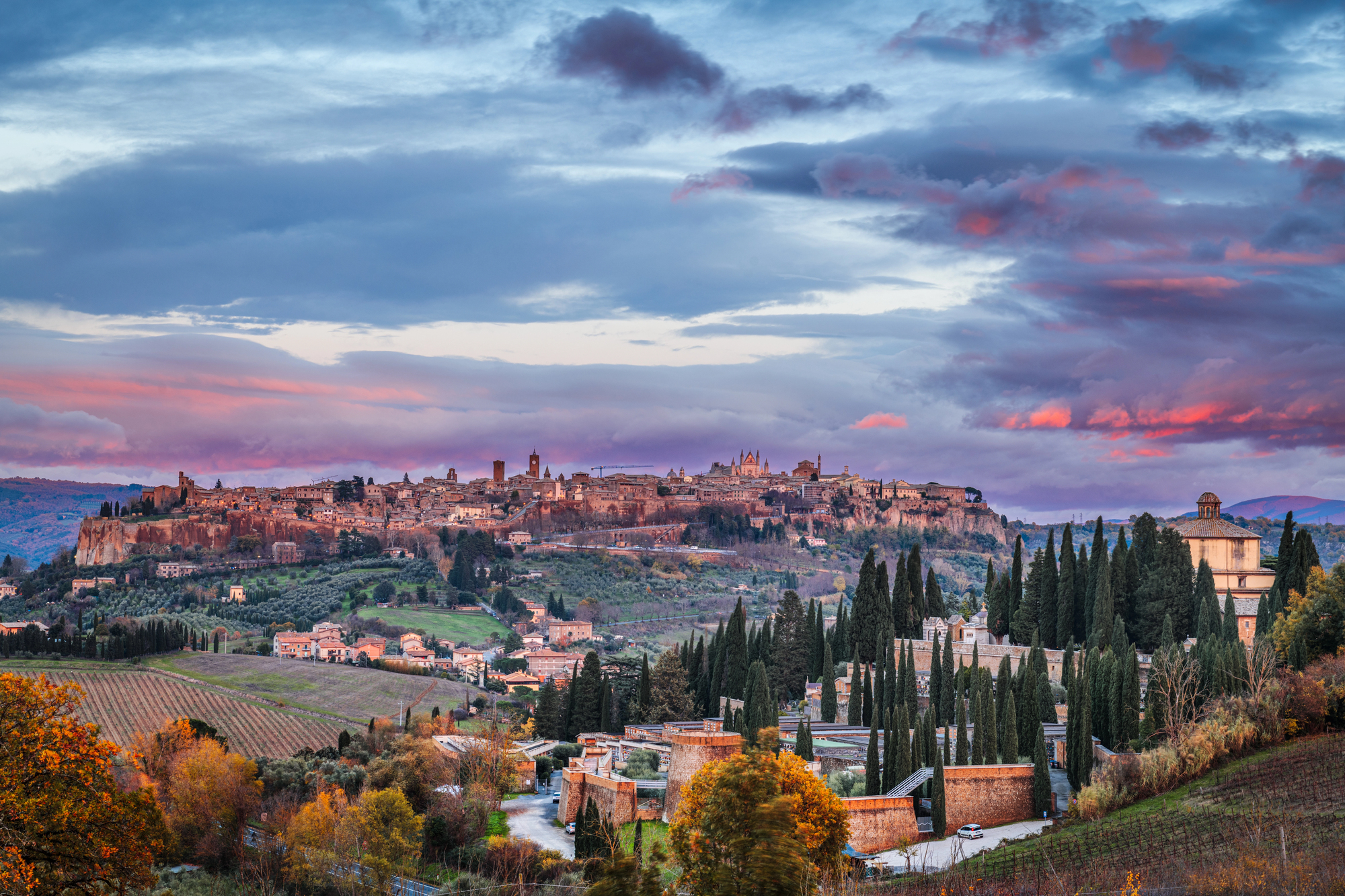
Perched atop a massive tufa plateau, this Umbrian town features an intricate network of medieval streets centered around one of Italy’s most impressive cathedrals. The cliff-edge path circling the town offers ever-changing views of the surrounding countryside.
Underground tunnels dug by Etruscans and expanded through the centuries create a second city beneath the streets, accessible through guided walking tours.
Pitigliano
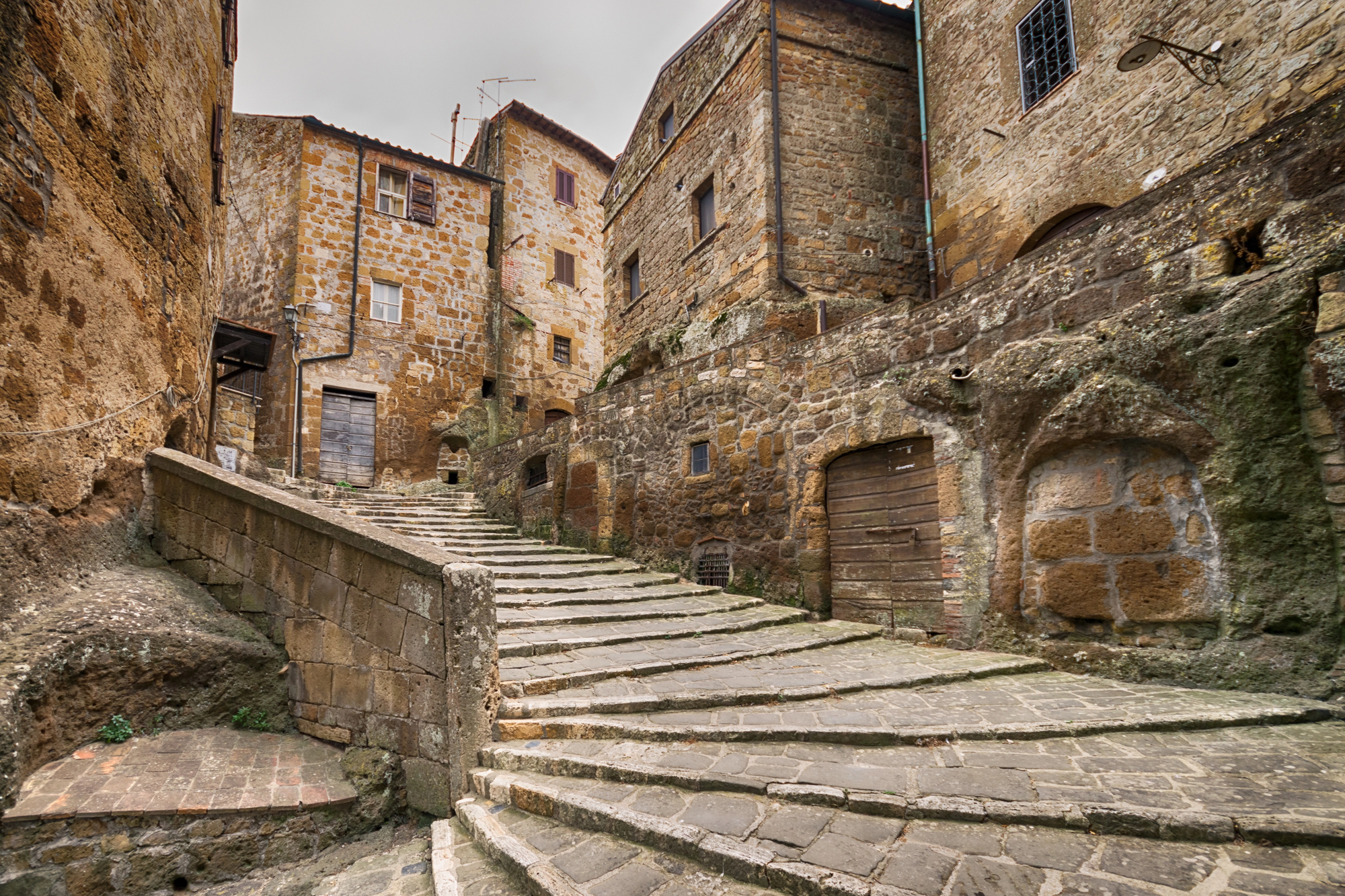
Carved from the same tufa rock it stands upon, this “Little Jerusalem” appears to grow organically from its clifftop perch. The Jewish quarter features a hidden network of alleyways leading to a restored synagogue and ancient wine cellars.
Evening walks reveal why locals call it “the luminous city,” as the porous stone absorbs daylight and seems to glow after sunset.
Like Travel Pug’s content? Follow us on MSN.
Ravello

Suspended 1,200 feet above the Amalfi Coast, this pedestrian paradise offers spectacular Mediterranean views from its immaculate gardens and ancient stone pathways. The town centers around a charming square where locals gather while narrow lanes lead to villas with world-famous panoramic terraces.
The elevation creates natural air conditioning, making walking pleasant even during summer months when coastal towns below swelter.
Siena

The fan-shaped Piazza del Campo forms the heart of this medieval masterpiece, where the famous Palio horse race happens twice yearly. Seventeen distinct contrade (districts) spiral outward from the center, each with unique symbols, colors, and atmospheres.
The sloping piazza itself functions as a massive public living room where visitors and locals alike sit directly on the warm bricks to socialize.
Spello
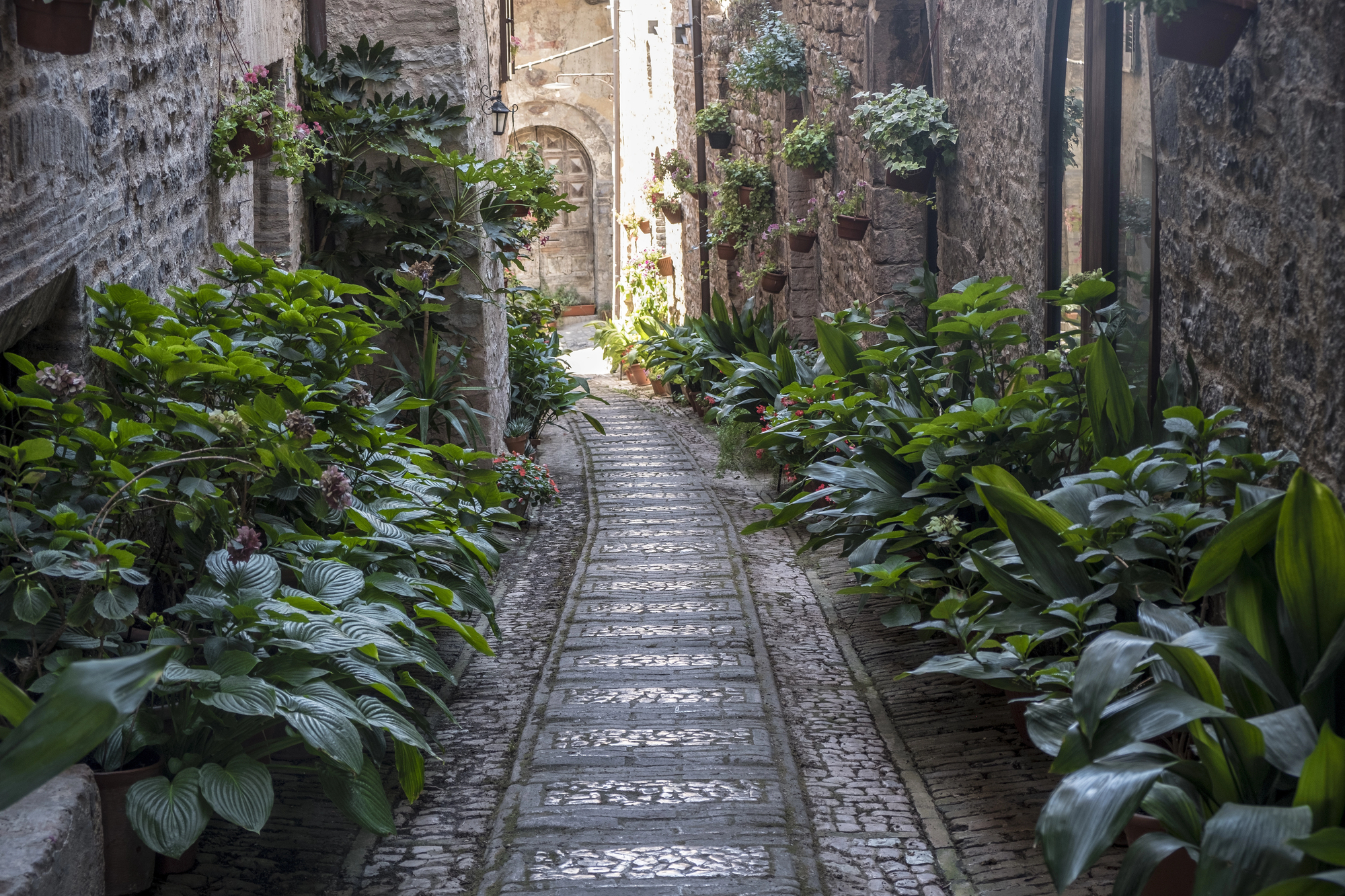
Pink-hued medieval stone buildings line meticulously maintained alleyways that burst with flowers during summer months. The hillside layout creates natural terraces and viewpoints connected by stone staircases worn smooth by centuries of footsteps.
Residents compete in an annual floral competition, transforming the already-charming streets into botanical showcases from spring through early fall.
Like Travel Pug’s content? Follow us on MSN.
Calcata

This bohemian village perched atop sheer cliffs became an artists’ haven after authorities condemned the medieval center in the 1930s. Creative types moved into the abandoned buildings, creating an eccentric atmosphere unlike anywhere else in Italy.
The single narrow entrance to the village opens suddenly into a tiny, irregular-shaped piazza surrounded by buildings that appear frozen in time.
San Gimignano
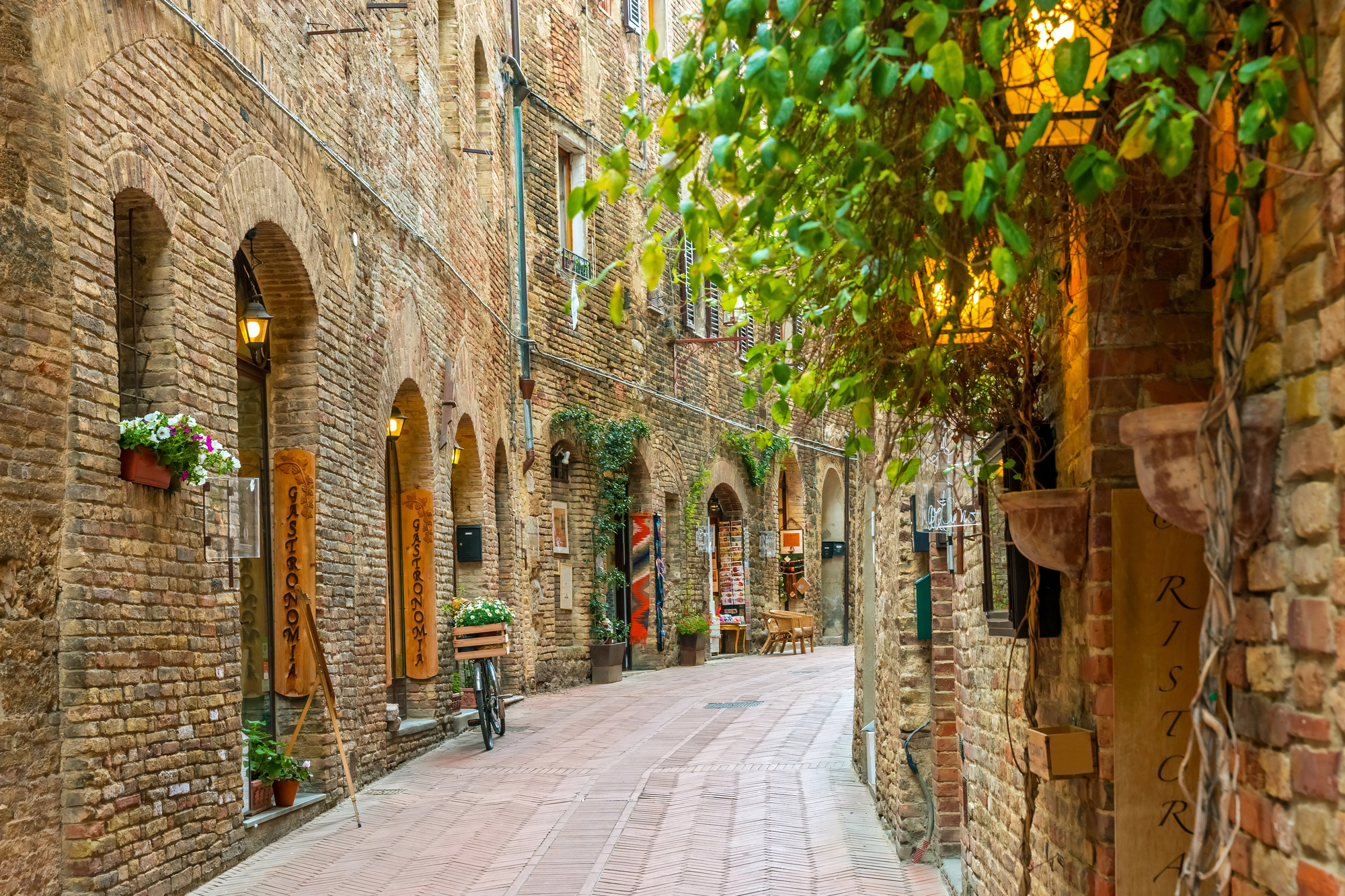
Medieval tower houses create a skyline often described as Italy’s Manhattan, visible for miles across the Tuscan countryside. The fourteen remaining towers (from an original seventy-two) stand connected by perfectly preserved streets lined with shops and wine cellars.
The compact historic center encourages exploration of hidden courtyards and tiny passages often overlooked by visitors heading straight for the main square.
Erice
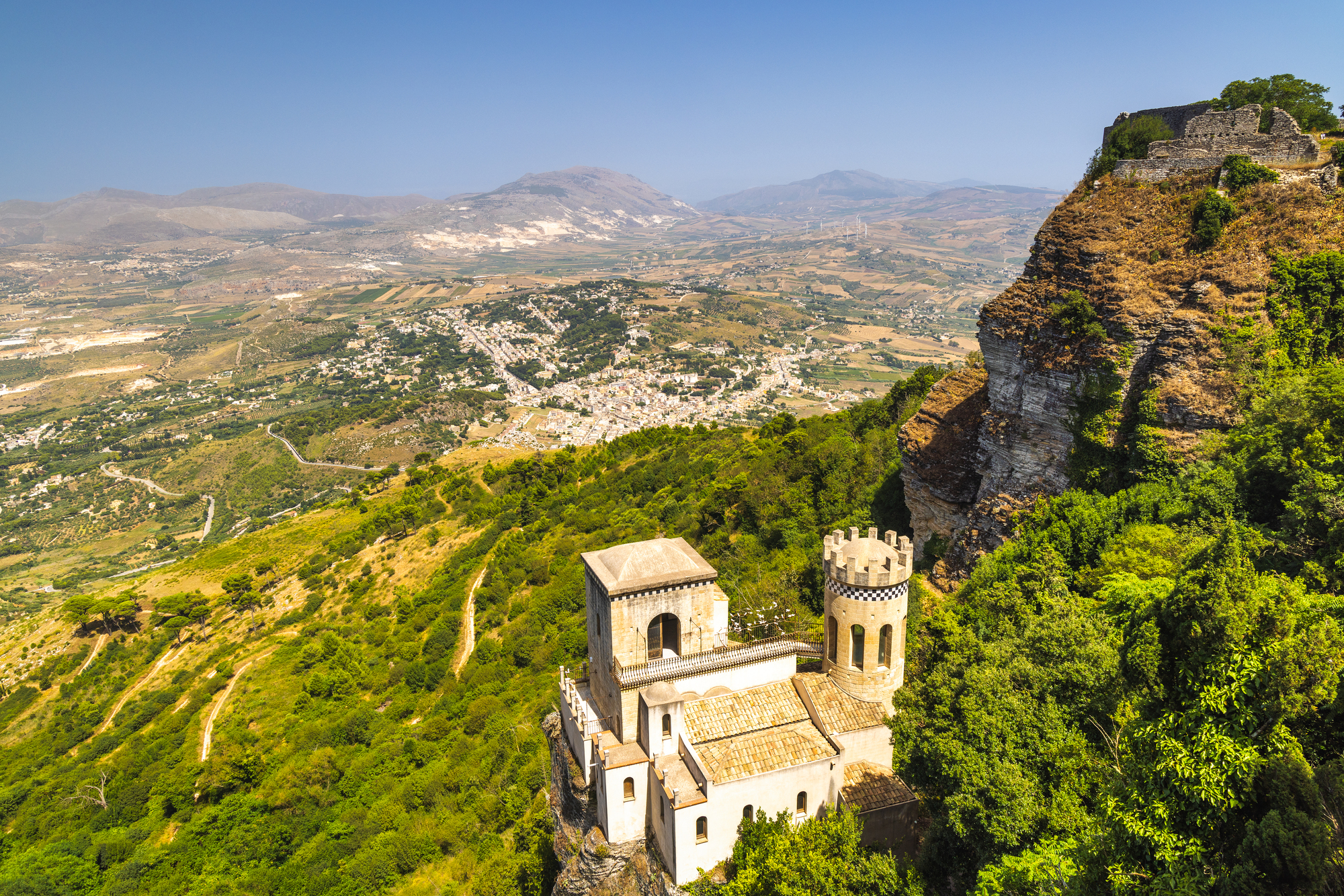
Perched 2,500 feet above Sicily’s western coast, this mountaintop town often sits wreathed in clouds that filter sunlight into ethereal beams between ancient buildings. The stone-paved lanes follow the original layout established under Phoenician and Greek rule thousands of years ago.
The extreme elevation makes walking the only practical way to explore while providing natural vantage points over salt pans and harbors below.
Like Travel Pug’s content? Follow us on MSN.
Procida
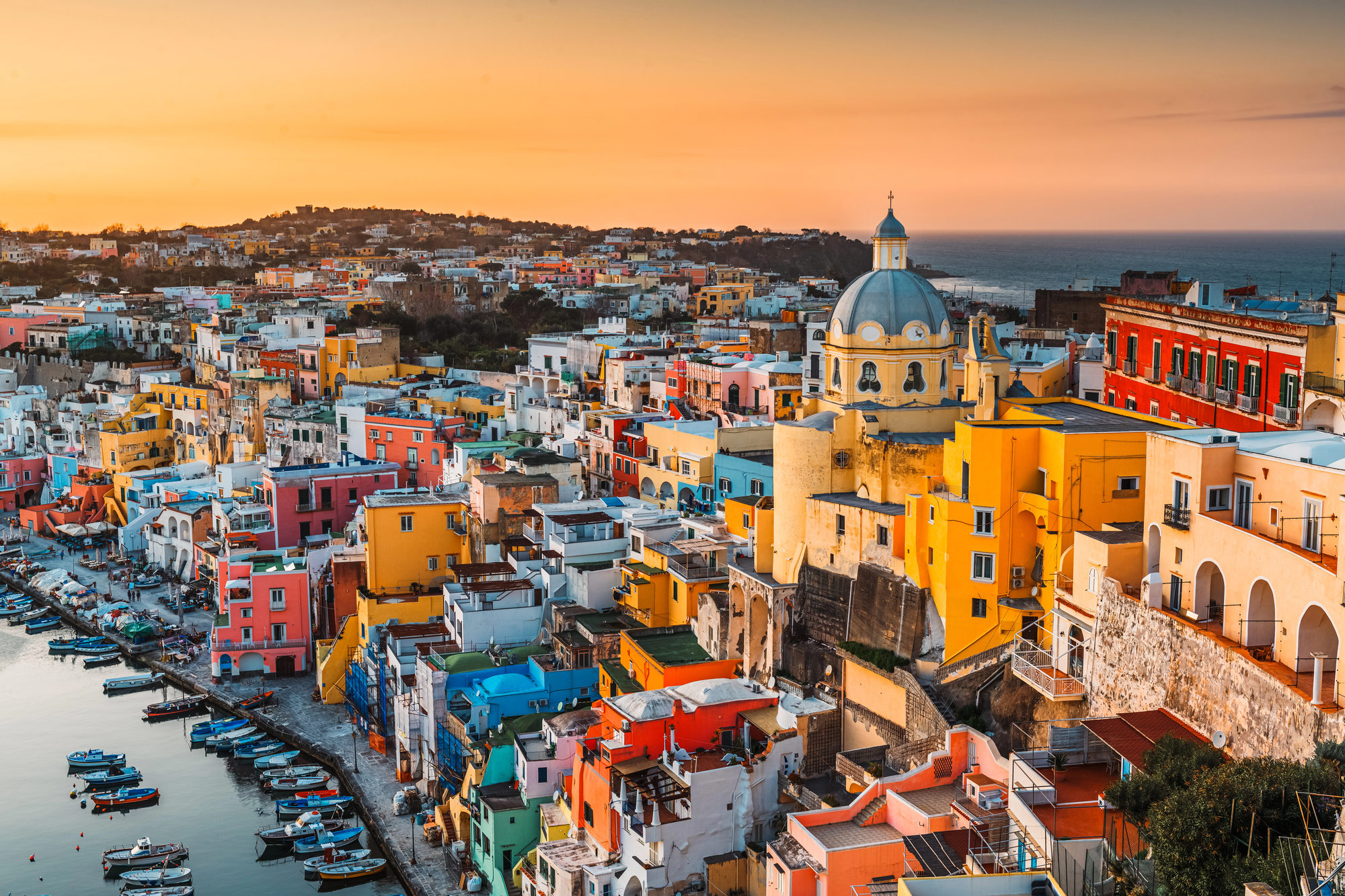
The Bay of Naples’ smallest island features narrow lanes connecting brightly colored fishing houses stacked along the waterfront. Unlike its more famous neighbors, Capri and Ischia, Procida maintains authentic daily life largely unchanged by tourism.
The vivid palette of building colors once helped fishermen identify their homes from water, now creating a photographer’s paradise best appreciated while wandering with no particular destination.
Cornello dei Tasso
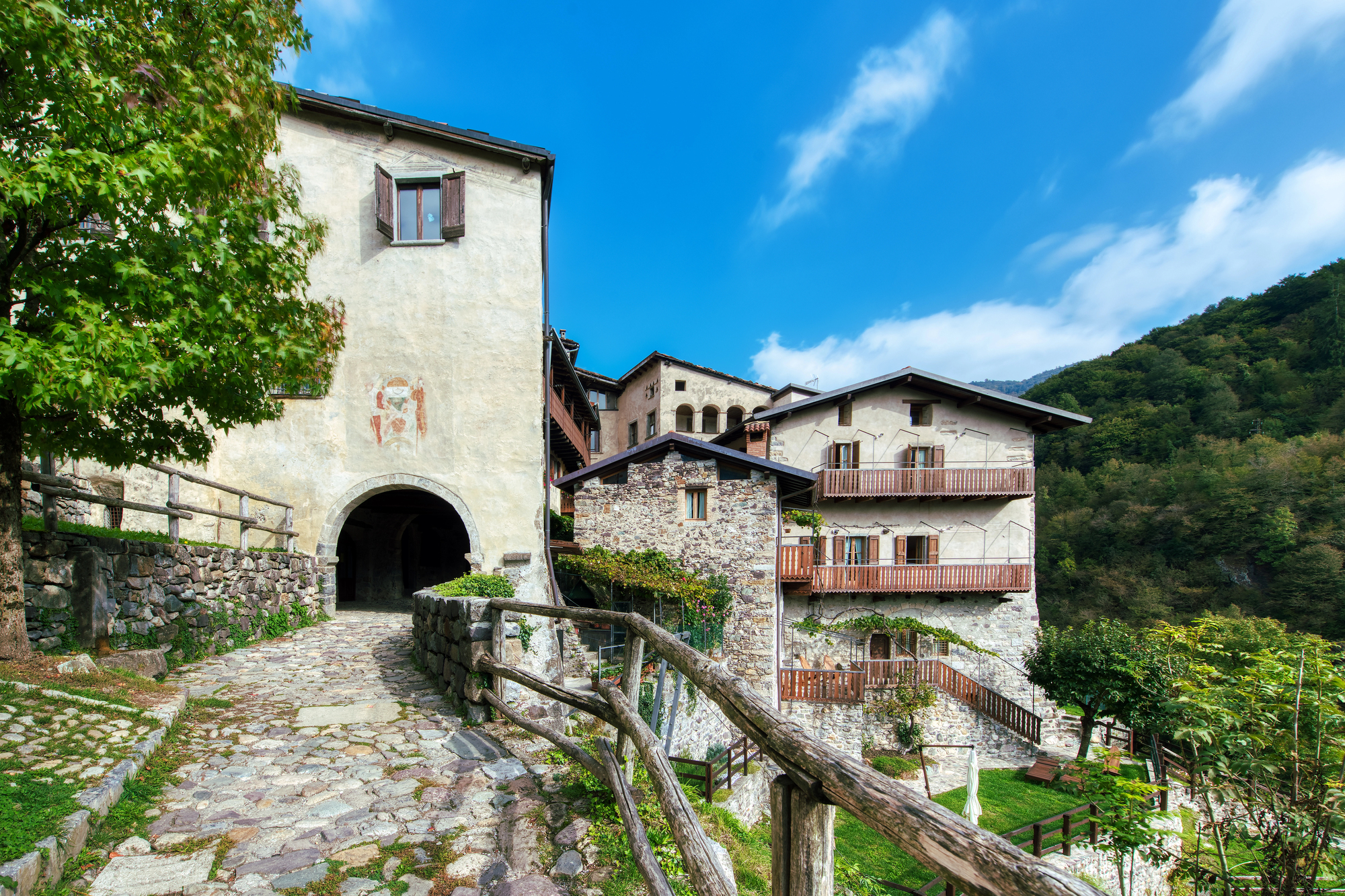
This remarkably preserved medieval village sits frozen in time partly because the main road bypassed it centuries ago. The original stone-paved mercantile street runs through porticoed buildings virtually unchanged since the 1400s.
The Tasso family established Europe’s first postal service from this tiny settlement, with walking paths now connecting historic sites related to this legacy.
Sovana

Etruscan tombs and sunken roads surround this tiny Tuscan village, where every structure seems built from the same golden tufa stone. The main street connects two small squares at either end, with time-worn buildings leaning toward each other across the narrow passage.
Archaeological walking paths cut through the surrounding countryside reveal ancient burial sites and mysterious carved channels in the soft rock.
Like Travel Pug’s content? Follow us on MSN.
Bosa
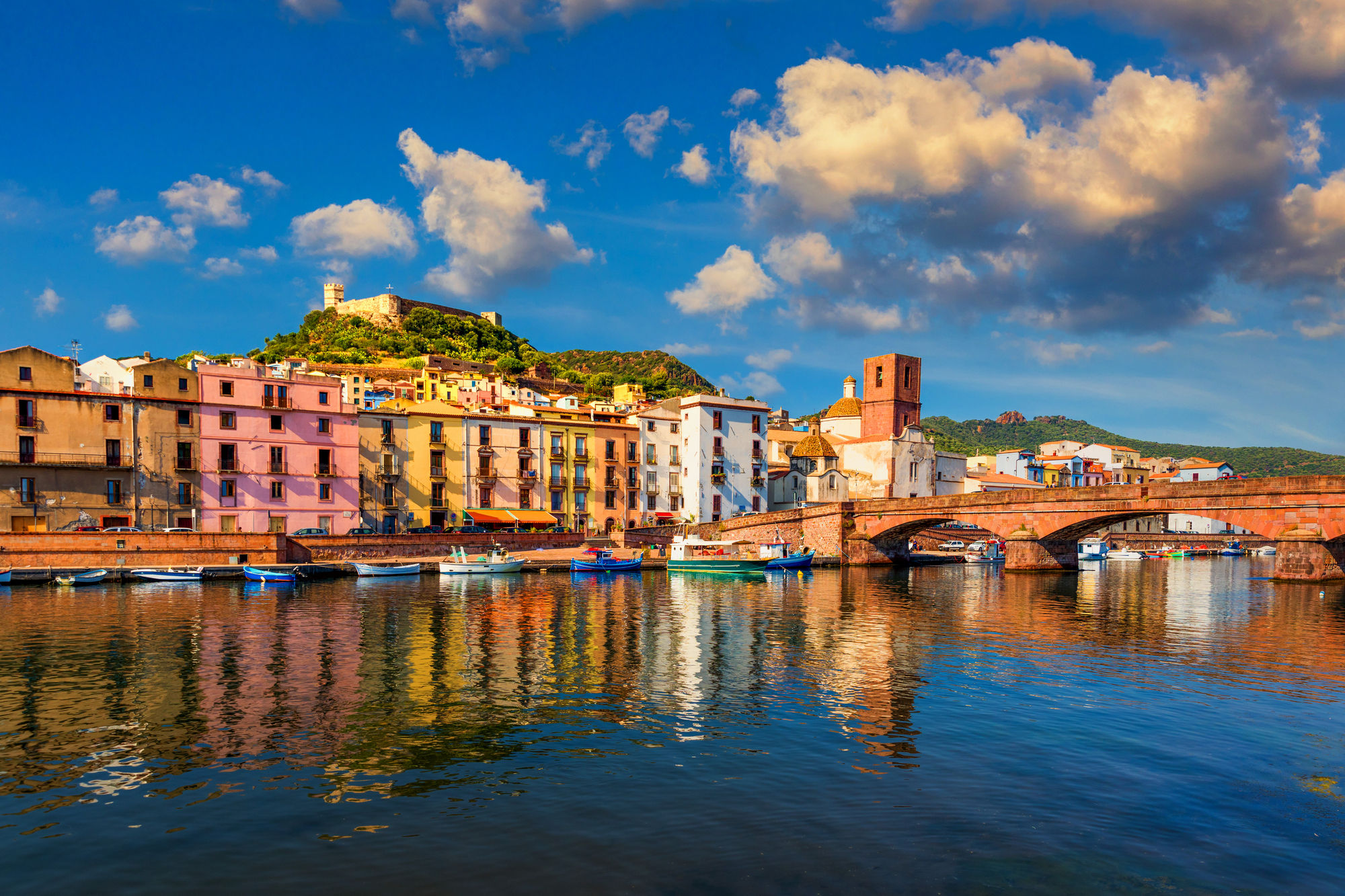
Pastel-colored houses climb the hillside below a medieval castle on Sardinia’s western coast, creating a vertical landscape best appreciated on foot. The tangle of cobblestone lanes follows no obvious pattern, encouraging visitors to wander without planning.
The Spanish-influenced architecture features wooden balconies adorned with flowing bougainvillea, creating tunnel-like passages of color during summer months.
Tellaro

This tiny fishing village clings to coastal rocks at the eastern end of the Italian Riviera, with houses built so close to the water that waves sometimes splash the lower windows. The pedestrian-only core features buildings painted in the earth-toned Ligurian palette of ochre, rust, and terracotta.
Legend claims a giant octopus once saved the village by climbing the church tower to ring the bell warning of pirate attacks.
Atrani
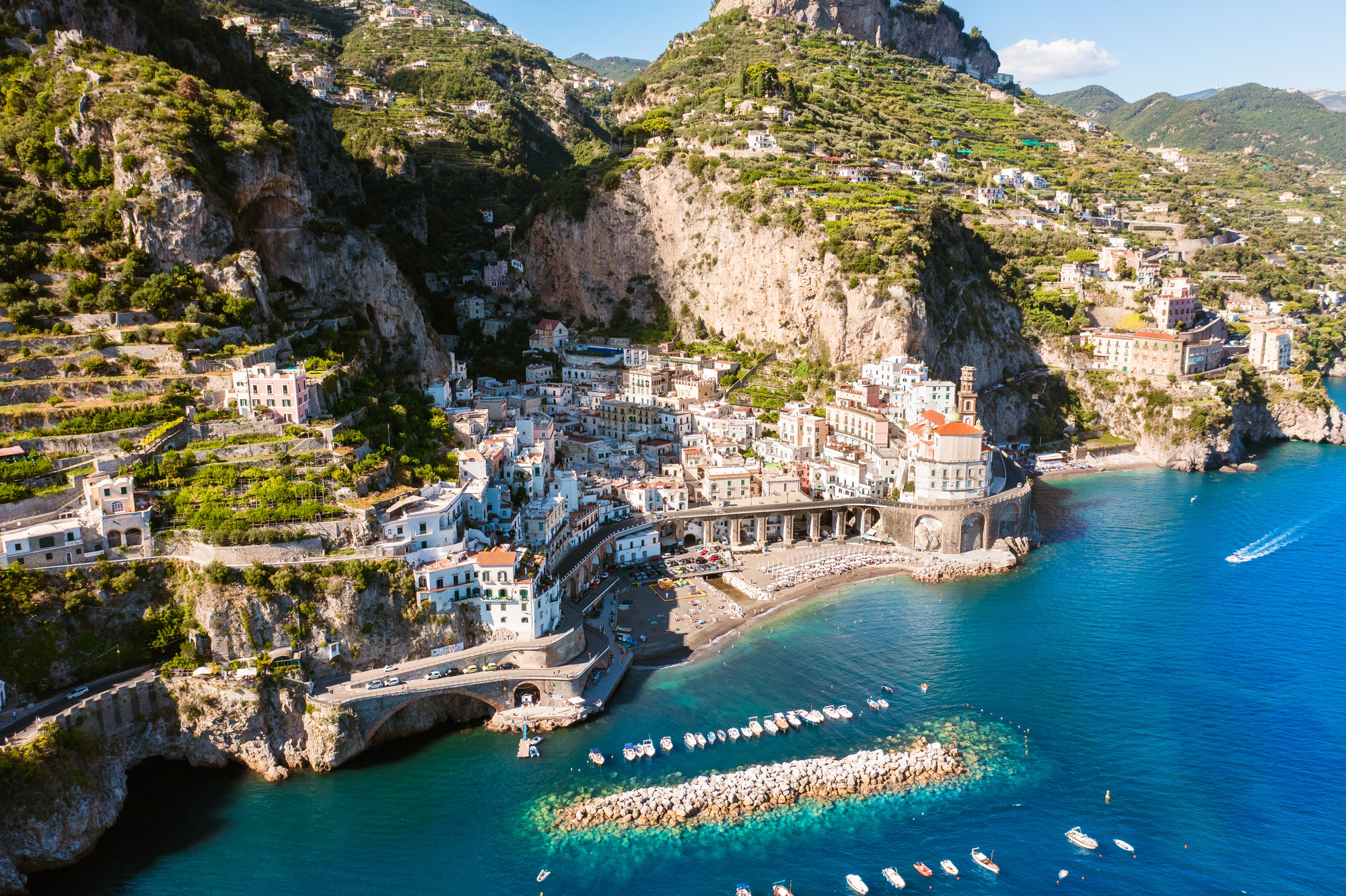
The Amalfi Coast’s smallest town packs medieval charm into an area barely larger than a football field. Buildings stack vertically against steep mountain slopes, connected by covered passages and stairways that create a three-dimensional maze.
The community centers around a perfect miniature piazza just steps from the narrow beach, with church bells marking time much as they have for centuries.
Like Travel Pug’s content? Follow us on MSN.
Pietrapertosa
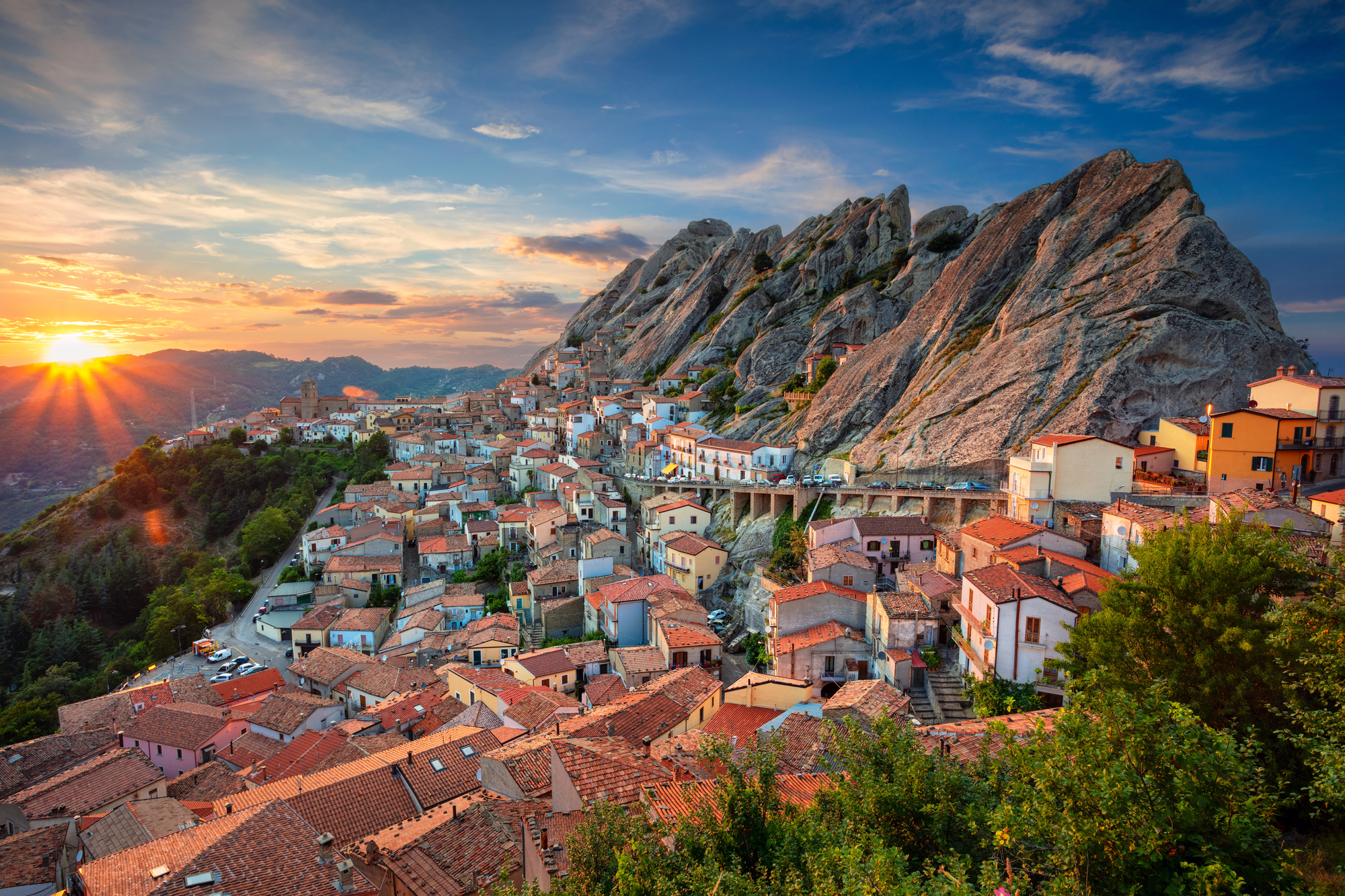
Built directly into rugged dolomite rock formations, this village in Basilicata features homes and streets that incorporate natural stone outcroppings. The “Arabatana” quarter preserves the original Saracen urban layout with tightly packed dwellings adapted to the extreme topography.
Adventure seekers can take Italy’s fastest zipline between this village and nearby Castelmezzano, though traditionalists prefer the ancient mountain pathways.
The Walking Perspective
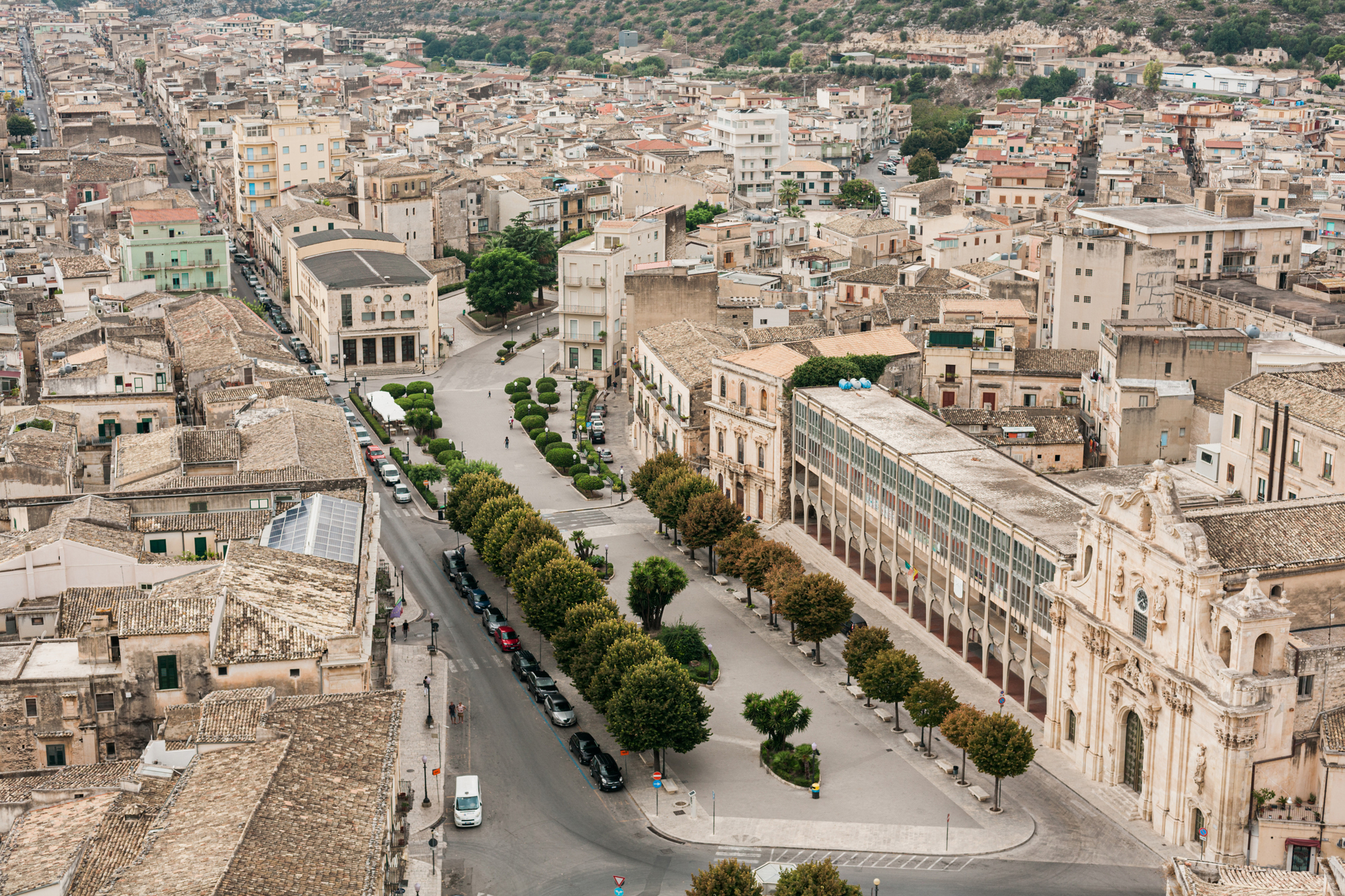
These towns reveal their true character exclusively to those willing to explore them on foot, at the pace and scale they were designed to be experienced. The limitations of pedestrian-only exploration become advantages—the slight fatigue of climbing medieval steps rewards visitors with views and discoveries unavailable to drive-by tourism.
In slowing down to walking speed, travelers experience these ancient places as residents have for centuries, connecting with Italy’s heritage through the simple human act of placing one foot in front of another.
More from Travel Pug

- Cities Growing so Fast You Won’t Recognize Them in 10 Years
- 13 Destinations Where Tourists Regularly Regret Their Trip
- 20 Obscure WWII Sites Even History Buffs Don’t Know About
- 10 Under-the-Radar Mountain Towns That Are Both Affordable and Beautiful
- 20 Abandoned Places That Feel Like Real-Life Post-Apocalyptic Movie Sets
Like Travel Pug’s content? Follow us on MSN.
